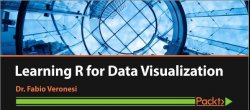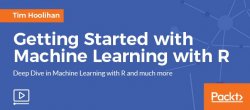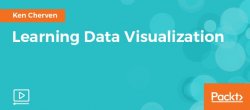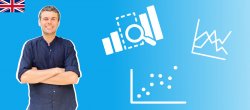
Find, process, analyze, manipulate, and crunch data in R
About This Learning Data Analysis with R Video course
- Harness the power of Open Data to propel your career or business to a new level
- Manipulate and analyze small and large sets of data with R
- Practice with real world examples of Data Analysis and build a strong foundation for moving into Data Science
Data Analysis Course In Detail
R is a programming language and software environment for statistical computing and graphics supported by the R Foundation for Statistical Computing. The R language is widely used among statisticians and data miners for developing statistical software and data analysis.
This video course delivers viewers the ability to conduct data analysis in practical contexts with R, using core language packages and tools. The end goal is to provide analysts and data scientists a comprehensive learning course on how to manipulate and analyse small and large sets of data with R. It will introduce how CRAN works and will demonstrate why viewers should use them.
You will start with the most basic importing techniques, to downloading compressed data from the web and learn of more advanced ways to handle even the most difficult datasets to import. Next, you will move on to create static plots, while the second will show how to plot spatial data on interactive web platforms such as Google Maps and Open Street maps. Finally, you will learn to implement your learning with real-world examples of data analysis.
This video training will lay the foundations for deeper applications of data analysis, and pave the way for advanced data science.


















